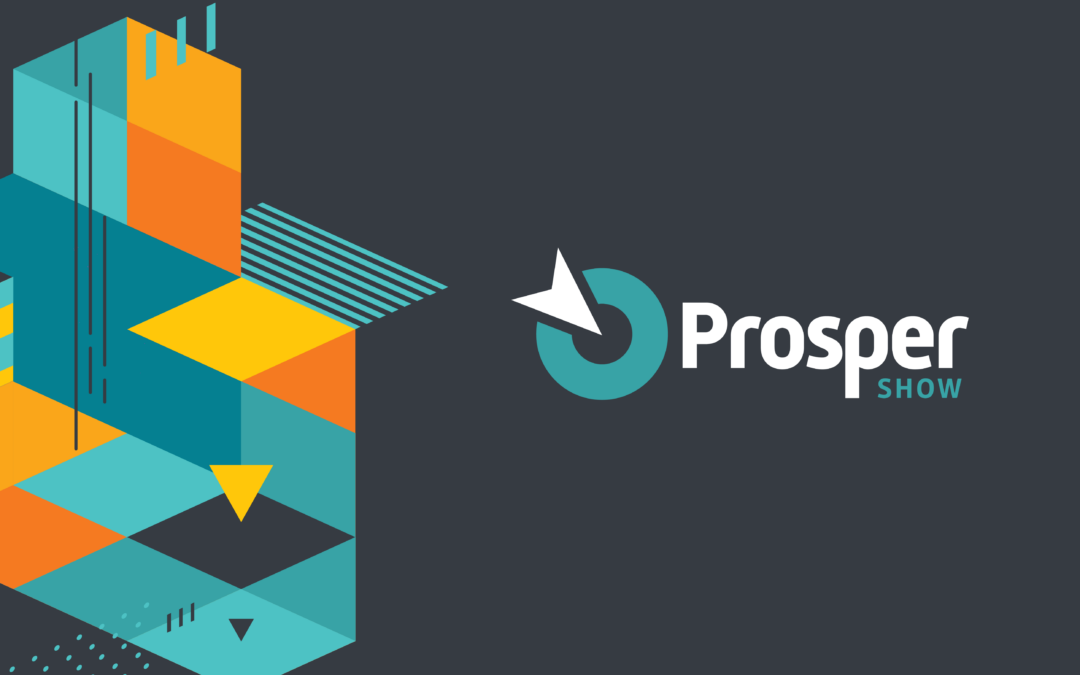Want to learn exactly how to optimize your Amazon Sponsored Brand Ads, and use those ads to build brand awareness and increase your profits? In this article, we walk you through the three core campaign strategies that PPC Entourage relies on to get Amazon sellers higher search visibility and more conversions. Read on to find out more!
Strategy 1: Massive Brand Exposure (MBE) Campaign
With the MBE campaign, the goal is to get your ad in front of an audience that’s likely to be interested in purchasing your product at some point. The ads that you create under this campaign will help you build brand awareness; think of this as a long-term strategy that will bring you more sales further down the road.
Default bid price: Since we’re going for massive exposure here, you don’t want to eat up your budget all at once with pricey keywords. Start with a lower default bid price ($0.75 to $1), and adjust accordingly from there.
Keywords: Target a broad range of keywords, including long tail keywords, that are related to your niche and target audience. Experiment with a mix of high traffic keywords and low traffic keywords, and try individual word keywords with a low bid price, as well as competitor brand names.
Optimization strategy: Because the goal is to bring about massive brand exposure, we generally try to allow for a high ACoS of 80% to 100%. To optimize your campaign, adjust your keywords bids, and pause keywords that aren’t performing well.
Strategy 2: Product Line Campaign
With this strategy, you’re promoting a specific product line (which is a group of related products housed within a single brand under a company). The goal is to drive awareness to products that would appeal to a high-intent audience, and encourage said audience to purchase multiple products from the same line.
Default bid price: Similar to what you’d do with an MBE campaign, start with a low to moderate default bid price and check to see if you’re getting impressions. Again, you don’t want to eat up your budget all at once with pricey keywords. We recommend starting at a bid of $1.00-1.25 (of course, adjust this accordingly depending on your niche).
Keywords: You’ll have to spend some time on research here. Say you’re creating a campaign for your line of pet litter products, for example. Litter mats, litter bags and litter boxes all have their own category within Amazon, so hone in on each category, and perform basic keyword research using tools such as Magnet 2, Viral Launch, or Merchant Words.
Once you have your keywords on hand, combine these into a single list, and input them into your campaign. You should only input a few keywords at a time, though; it doesn’t make sense to dump thousands of keywords into your campaign, all at once.
Optimization strategy: Similar to MBE campaigns, optimization strategies that you can use for product line campaigns include keyword bid adjustment, pausing keywords with clicks but no sales, and pausing expensive keywords which have high cost per clicks.
On top of that, you’ll want to do a deep-dive into your Search Terms report regularly. This allows you to compare the terms your customers are searching for against the products that they end up purchasing. You’ll be able to identify which products are a good fit for your line; this allows you to expand your product line in a strategic, profitable manner.
Strategy 3: Highly Targeted Campaign
Our last campaign strategy, the Highly Targeted Campaign, allows Amazon sellers to focus on promoting the exact products that their shoppers are searching for. Out of the three strategies we’ve discussed, this strategy will contribute the most to your bottom line in the short run.
Default bid price: Since you’re seeking for actual sales here, we recommend that you bid competitively. Start off with a moderate to high bid, and adjust your bid based on campaign performance.
Keywords: Start by targeting a few (say, 8 to 20) best keywords that are highly related to your products. From there, mine the Amazon Search Term report to find search terms that have resulted in multiple sales. Then, add these search terms to your list of keywords, and start targeting them as well.
Optimization strategy: To optimize your Highly Targeted Campaign, monitor and adjust your keyword bids regularly, and pause keywords which drive clicks, but not purchases. Also pause expensive keywords with high cost per clicks.
PPC Entourage’s Campaign Strategies: A Step by Step Guide
Step 1: Set budget
Step 2: Set Acceptable ACoS Range (100% for branding campaigns, 75% for product line campaigns, and 50% for highly targeted campaigns).
Step 3: Log into your Seller Central dashboard and locate your campaign.
Step 4: Customize columns to allow for impressions, ACoS, CPC, Spend, Orders.
Step 5: View Spend in descending order, and pause keywords that have high spend with low impressions and sales.
Step 6: View CPC in descending order, and pause keywords that have high CPC with low impressions and sales.
Step 7: View ACoS in descending order, and pause or lower the bid of keywords with an ACoS above your target threshold.
Step 8: Consider raising keyword bid prices on keywords that have moderate to high impressions, and are within your acceptable ACoS range.
A final word on MBE, Product Line and Highly Targeted Campaigns
At the end of the day, all three campaign strategies that we’ve outlined above go hand in hand. Some Amazon sellers might be tempted to spend aggressively on Highly Targeted Campaigns, and allocate less budget to MBE campaigns, but it’s all about striking a balance between short-term profits, and long-term rewards. More specifically: by including MBE campaigns in the mix, you can educate consumers about your brand, resulting in lower ACoS and costs per click in the long run. The bottom line? It doesn’t pay to forsake one campaign for another!


Recent Comments